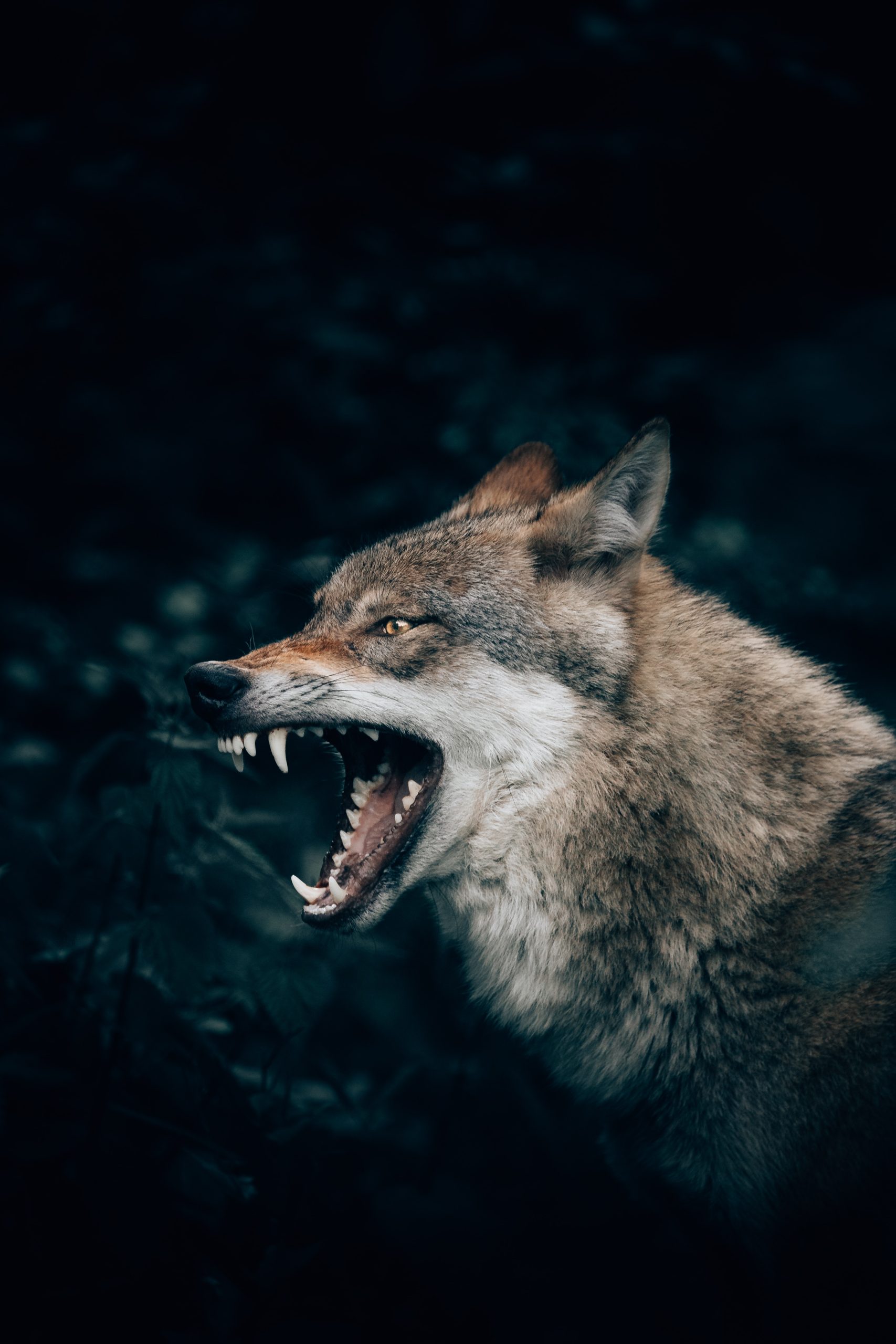Wolves have long been shrouded in mystery and folklore, occupying a special place in the human imagination. From their haunting howls to their fierce reputation as predators, wolves have captured our attention and sparked our curiosity for centuries. But beyond the myths and legends, what is the true cultural significance of wolves?
To answer this question, we must first look at the history of wolves and their relationship with humans. For millennia, wolves have been both feared and revered by human societies. In some cultures, they were seen as symbols of power, strength, and loyalty, while in others they were associated with darkness, danger, and the supernatural.
One of the most famous examples of wolves in mythology comes from ancient Rome, where the founding myth of the city involves two orphaned brothers, Romulus and Remus, who were said to have been raised by a she-wolf. This story has had a lasting impact on Western culture and is still referenced today in everything from literature to sports teams.
In Native American culture, wolves have long been considered powerful and spiritual animals, with many tribes incorporating wolf imagery into their religious beliefs and practices. For the Lakota Sioux, for example, the wolf represents loyalty, perseverance, and the importance of community. Similarly, in the Navajo tradition, wolves are seen as guides and protectors, with the ability to bring healing and balance to the world.
But wolves have not always been celebrated in human cultures. In fact, for much of human history, they were viewed as pests and threats to livestock and human safety. This led to widespread persecution and extermination of wolf populations, particularly in Europe and North America. In the United States, for example, gray wolves were nearly driven to extinction by the mid-20th century, with only a few hundred individuals remaining in isolated populations.
Fortunately, in recent decades, attitudes towards wolves have begun to shift, with many people recognizing the important role they play in ecosystems and the need to protect and conserve them. This has led to the reintroduction of wolves in certain areas where they had been extirpated, such as Yellowstone National Park in the United States.
The cultural significance of wolves goes beyond just their place in mythology and folklore, however. Wolves also play an important role in modern popular culture, appearing in everything from movies and television shows to literature and music. They have been depicted as everything from fierce predators to loyal companions and have inspired countless works of art and literature.
One reason for this enduring popularity may be the fact that wolves are among the most intelligent and social of all animals. They live in tight-knit family groups known as packs and communicate with each other through a complex system of vocalizations, body language, and scent marking. They are also highly adaptable, able to survive in a wide range of environments and conditions.
Despite the cultural significance of wolves, however, they continue to face numerous threats and challenges. Habitat loss, climate change, and persecution by humans are all taking a toll on wolf populations around the world. To truly appreciate the cultural significance of wolves, we must also work to protect and conserve them for future generations.
In conclusion, the mystique of wolves goes far beyond their reputation as predators and their haunting howls in the night. They have played a significant role in human culture and mythology for centuries and continue to inspire and captivate us to this day. As we strive to understand and appreciate these majestic animals, let us also work to protect and conserve them, so that they may continue to thrive in the wild and in our imaginations.




